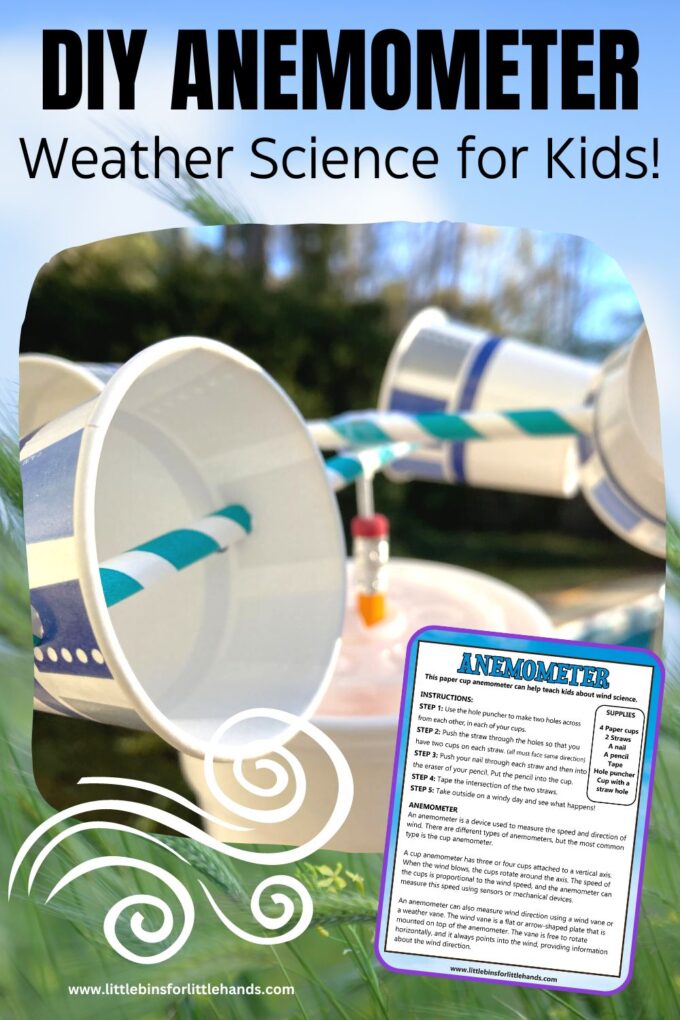All You Need to Know Concerning Anemometers: How They Work, Why They Issue, and Where to Utilize Them
Anemometers, however frequently ignored in the realm of clinical instruments, play an essential role in different fields, providing beneficial understandings into wind speed and air flow patterns. As we dive right into the ins and outs of anemometer modern technology, we will discover the internal operations of these devices, their importance, and the crucial considerations when selecting the right anemometer for particular applications.

Anemometer Fundamentals
A necessary tool utilized to determine wind rate and direction, the anemometer plays an essential role in meteorology and numerous industries. An anemometer generally consists of 3 or 4 cups that rotate in the wind, a vane that aims into the wind, and sensing units to track the rotations or movements. By computing the turnings or movements over a particular period, the anemometer can determine wind rate. The vane aids figure out wind instructions by aiming right into the wind, giving beneficial information for weather forecasting, air travel, maritime operations, ecological tracking, and wind energy applications.
There are various types of anemometers readily available, consisting of cup anemometers, vane anemometers, hot-wire anemometers, and sonic anemometers, each with its one-of-a-kind features and applications. Cup anemometers are generally used for basic wind speed measurements, while vane anemometers are liked for directional measurements.
Concepts of Anemometer Operation
Structure on the fundamental understanding of anemometer basics, the principles of anemometer procedure clarify the technicians behind wind speed and direction measurements. Cup anemometers, for instance, have 3 or more mugs that record the wind, triggering them to spin much faster as the wind speed rises. Hot-wire anemometers depend on a warmed cord that cools down as wind passes over it, with the price of cooling figuring out the wind speed.
Significance of Anemometers
The significance of anemometers in meteorology and numerous industries can not be overstated. Anemometers play an essential function in determining wind speed and direction, giving necessary data for climate forecasting, environment studies, ecological monitoring, and aeronautics procedures. Meteorologists rely upon anemometers to collect accurate wind data, helping them comprehend climate patterns, forecast tornados, and concern timely cautions to the general public. In sectors such as building and construction, agriculture, sustainable power, and maritime operations, anemometers are used to enhance procedures, ensure safety, and raise efficiency. Wind ranch drivers make use of anemometers to examine wind problems and take full advantage of electricity manufacturing from wind turbines. In the maritime field, a fantastic read anemometers aid ship navigating by supplying real-time wind information to captains, assisting them make notified choices to guarantee secure trips. Overall, anemometers are crucial devices that contribute considerably to security, effectiveness, and educated decision-making in meteorology and a large range of sectors.
Applications Throughout Numerous Industries
Applications of anemometers cover throughout diverse sectors, showcasing their versatility and energy beyond weather forecasting. In the eco-friendly energy industry, anemometers play an important role in analyzing wind conditions for wind farm placements, ensuring optimum power production. Industries like construction and mining use anemometers to keep track of wind rates, critical for safety and security protocols, particularly when working at heights or in open-pit mines where strong winds can posture risks. Anemometers are likewise essential in the aeronautics industry, helping pilots in understanding airspeed and wind instructions for safe take-offs and touchdowns. The maritime sector benefits from anemometers for ship navigating, aiding sailors expect weather condition changes and change courses accordingly. In agriculture, anemometers assist farmers in taking care of plant spraying by offering real-time data on wind rate to avoid drift. Anemometers locate applications in HVAC systems to enhance air movement and improve power efficiency in buildings. The varied use instances of anemometers underscore their published here relevance across different sectors, highlighting their vital duty in enhancing operational safety and security and performance (anemometer).

Picking the Right Anemometer for Your Needs
Choosing the proper anemometer customized to your details needs is essential for getting accurate wind speed and instructions dimensions. When picking an anemometer, consider elements such as the desired application, required measurement array, environmental conditions, and wanted features. For general purposes, a mug anemometer appropriates for measuring wind speed, while a vane anemometer offers wind instructions data. Hot-wire anemometers are suitable for reduced airspeed measurements, and ultrasonic anemometers use high precision and durability.

Verdict
In final thought, anemometers play an important function in determining wind rate and instructions throughout different industries. Recognizing the concepts of anemometer operation Discover More Here is important for picking the ideal device for details needs. From meteorology to aeronautics, anemometers are important devices for gathering accurate information and ensuring safety and security in different applications. When selecting the most ideal device for determining wind conditions., it is essential to consider the significance of anemometers in order to make informed decisions.
There are numerous types of anemometers offered, consisting of mug anemometers, vane anemometers, hot-wire anemometers, and sonic anemometers, each with its special attributes and applications. Cup anemometers are typically made use of for basic wind speed dimensions, while vane anemometers are chosen for directional dimensions. Hot-wire anemometers are appropriate for low airspeeds, and sonic anemometers are perfect for high-precision dimensions in research study and commercial setups.Building on the foundational understanding of anemometer fundamentals, the principles of anemometer operation clarify the technicians behind wind speed and direction measurements. For basic functions, a mug anemometer is ideal for gauging wind rate, while a vane anemometer gives wind direction data.